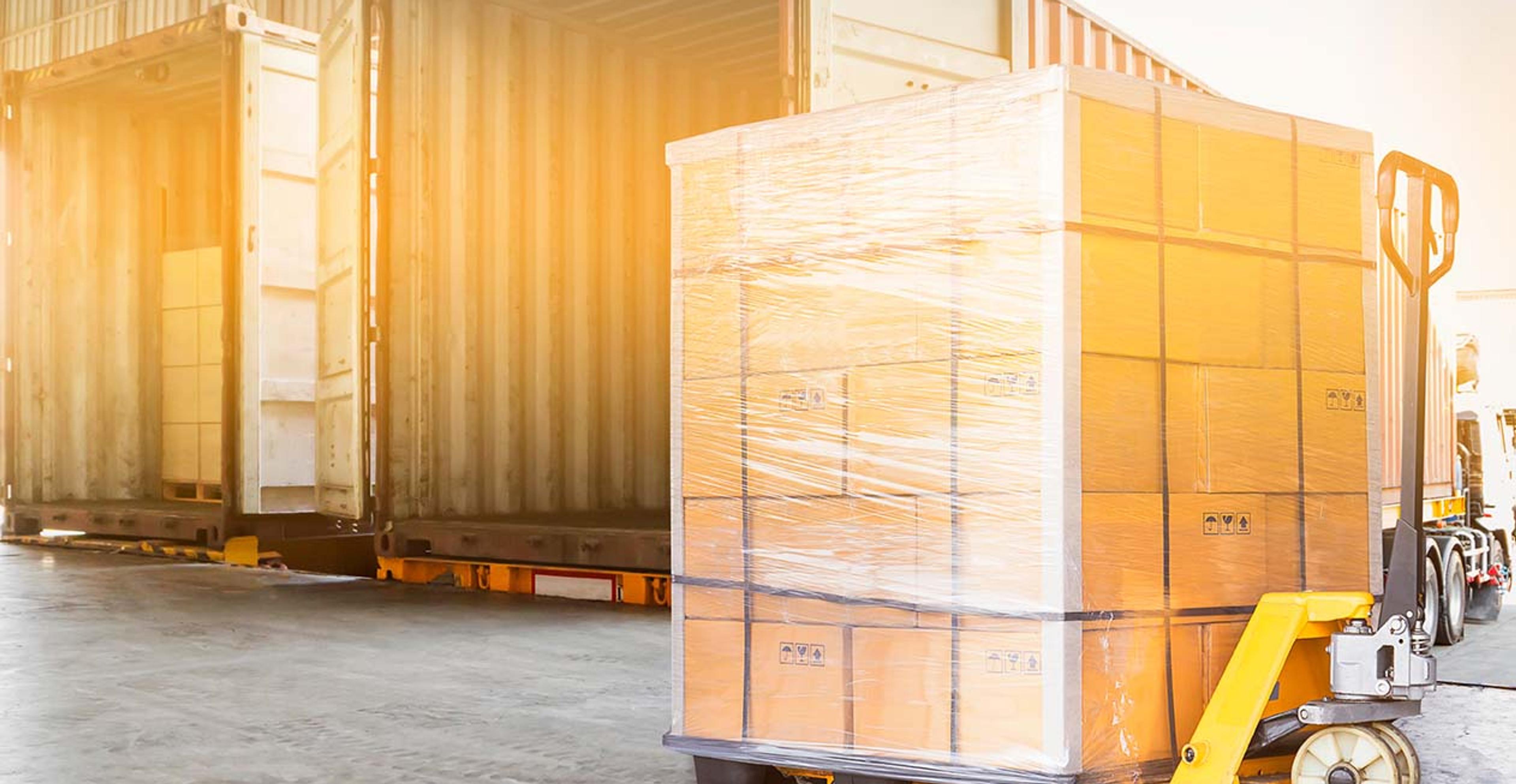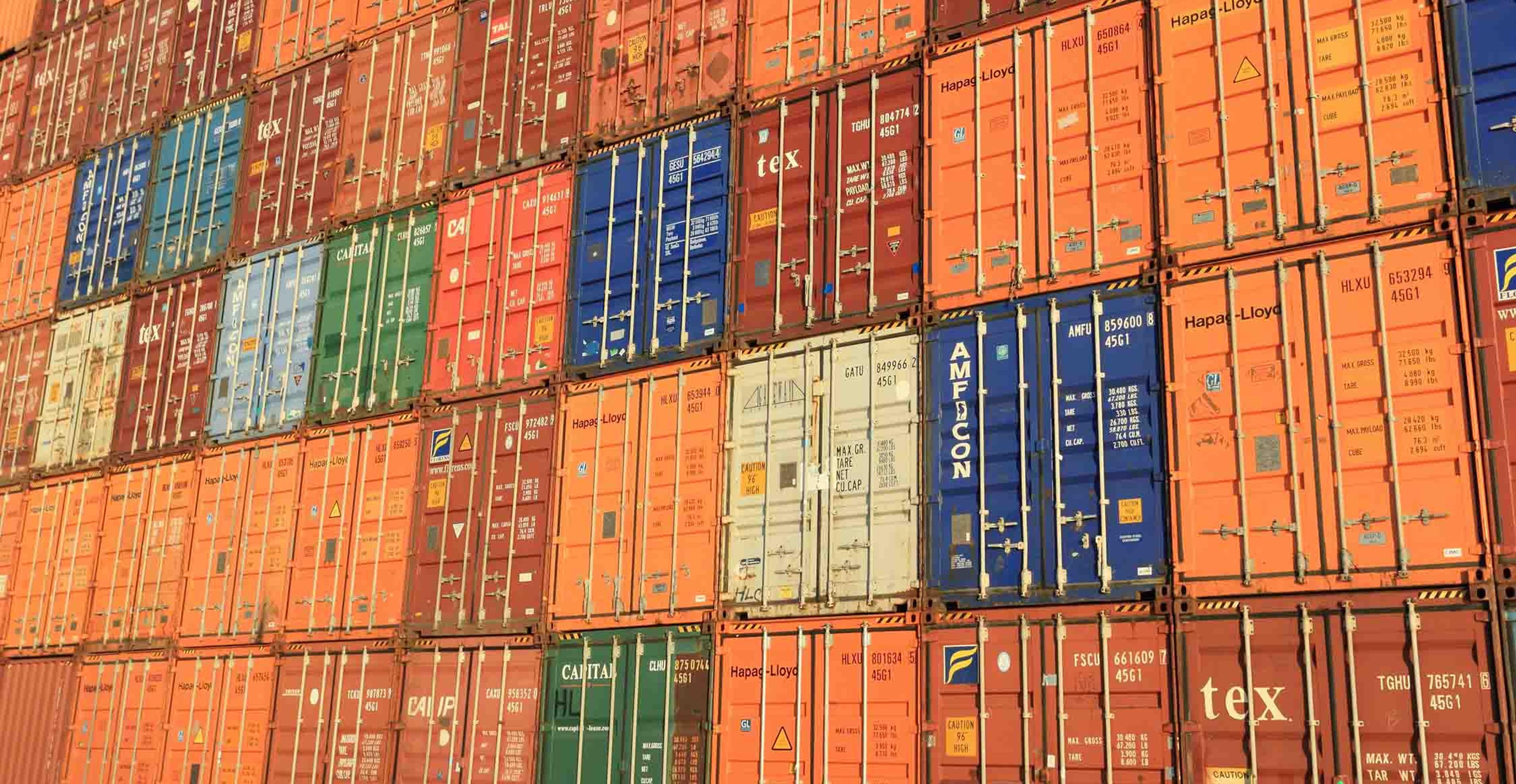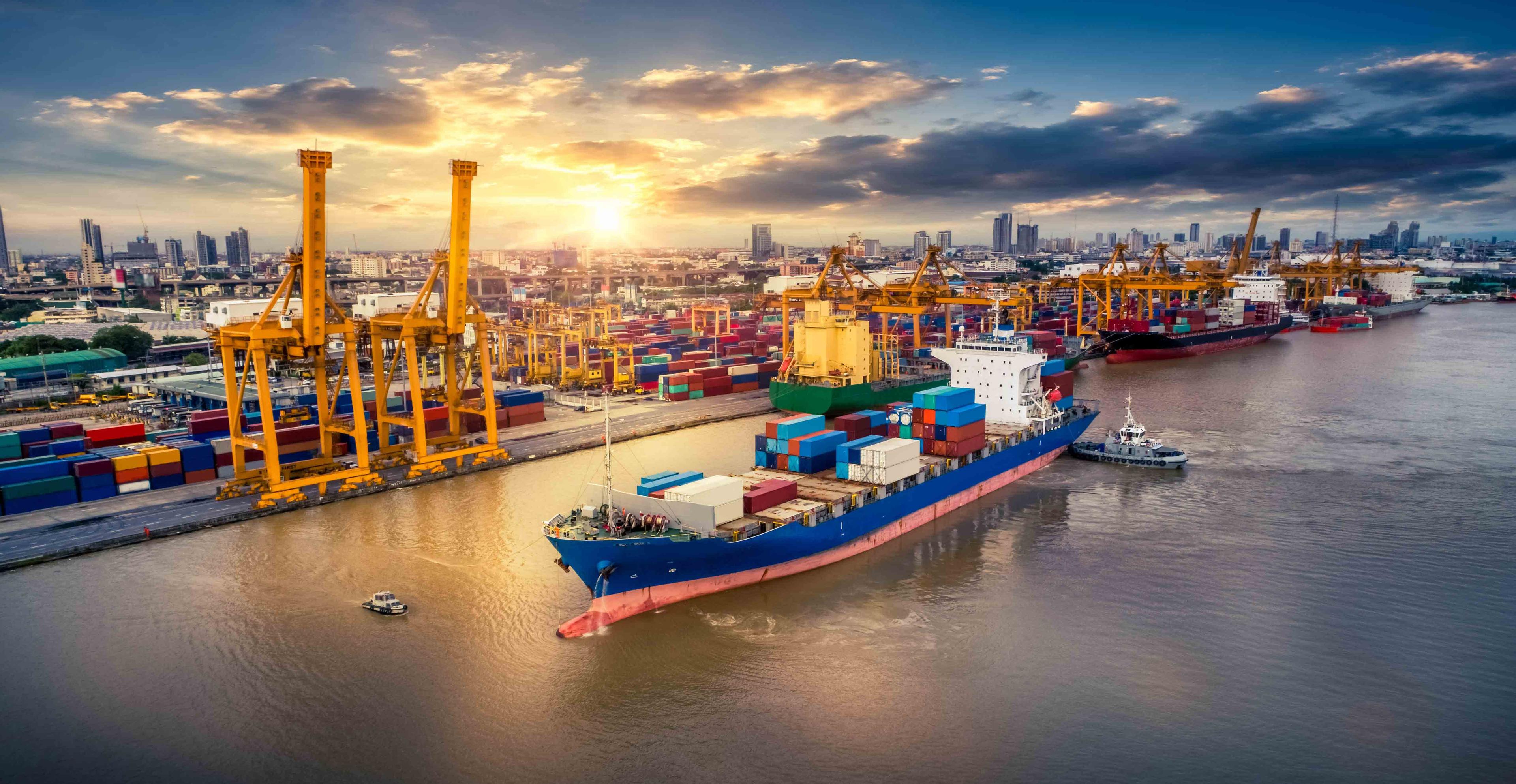
Ocean carrier profits soar during supply chain crisis
Ocean carriers posted another record year of profits in 2022, despite global recessionary and inflationary pressures. The high profits were largely a result of tight capacity and high demand which led to historically high container rates. That trend began in the the second half of 2020 when heavy congestion at the ports reduced capacity.
Maersk, the world’s second-largest shipping company, reported a 52% increase in revenue in Q2 year-over-year (YOY). Hapag Lloyd, the world’s fifth biggest container line reported a net profit in the first half of 2022 of more than three times than the year before. According to Danish maritime analysis company Sea-Intelligence, the financial results posted by major containers for the second quarter of 2022 made history with $41.6 billion in earnings.
However, rates and demand drastically fell in the last half of 2022 and led to a wide range of earnings for ocean carriers. Year-over-year profit increases differed on ocean carriers from Hapag-Lloyd on the top end at 66% to ZIM and Yang Min with single digit increases on the low end. In comparison, the top 10 carriers in 2021 achieved an average profit increase of 87%, with all other carriers falling within five percentage points.
Rates drastically increase for ocean freight
Foreign container lines were widely blamed for exorbitant freight rates during the supply chain crisis of 2020. A major US retailer is currently seeking tens of millions of dollars from SSLs, with the claim that the carriers willfully abandoned service commitments during supply chain disruptions to reap profits. These events cost the retailer a total of $31.7 million in extra freight charges, in addition to accessorial costs and lost profits.
The dispute is among a string of cases importers have launched against container lines in the wake of the disruptions during the pandemic that sent transportation costs through the roof. Vessel space was oversold, driving spot rates up for containers. Customers saw rising detention charges from carriers due to the heavy congestion at the terminals. Some shippers reported their freight costs rising 10 times during this period.
The Ocean Shipping Reform Act (OSRA) was introduced in 2022 with the intent to aid the ocean transportation industry and prevent unfair practices. This includes fee assessments, complaints about detention and demurrage charges, refunds from unreasonable charges and more. The OSRA has been predicted to be beneficial to US shippers to make ocean carriers more accountable to the Federal Maritime Commission (FMC).
“While additional legislation and policy change is welcomed, reassurance is not being felt by shippers, truckers, and other parties at the ground level. There still needs to be serious discussions about policy and operational improvements to reinforce our interactions throughout the entire ecosystem.” – Paul Brashier, Vice President of Drayage & Intermodal
The United States proposes new policies
In addition to OSRA, the Ocean Shipping Competition Enforcement Act was introduced in April 2023. This would allow the FMC to block agreements among carriers and marine terminal operators found to be unduly anticompetitive without having to first obtain a federal court order. As it stands today, the FMC cannot block its own agreement that it determines to be unreasonably anticompetitive. It must petition the US District Court for the District of Columbia and persuade the court to do so; if the court disagrees, then the agreement becomes effective automatically.
The ocean shipping industry was the last of the transportation sector to be deregulated by Congress in 1984. The industry is currently dominated by ten ocean liners under three carrier alliances that handle close to 80% of all cargo across the globe. The act would encourage competition and a fair market amongst ocean carriers to combat the steep increase in rates seen in 2021.
When steamship lines and terminals enforced high detention and demurrage fees paid by importers and exporters throughout 2021-2022, those charges were passed to the US consumer and further drove inflation. Inflation has stayed stubbornly high in April 2023, rising another 0.4% and up 4.7% from a year prior. Terminals will even charge detention fees on the days when port facilities are closed (such as weekends and holidays), which the FMC has recently considered banning.
“Obviously, third-party oversight is needed as the ocean liners did not self-regulate as illustrated by the amount of profits generated during the most challenging time in ocean shipping history. Most of these charges were realized by shippers and the trucking community, which passed these costs to the consumer and drove up inflationary pressure.” – Paul Brashier, Vice President of Drayage & Intermodal
Port operations no longer control chassis pool
At most major ports, ocean carriers have historically controlled the chassis-leasing business under the Uniform Intermodal Interchange and Facilities Access Agreement. Trucking companies are directed at these ports toward chassis available for rent and the rates being charged. However, shippers also make their own agreements with intermodal equipment providers at ports.
In February 2023, the Intermodal Motor Carriers Conference of American Trucking Associations won a favorable judgment in its case against the Ocean Carrier Equipment Management Association involving chassis choice for carriers. The ruling stated the limitations on a motor carrier’s ability to choose their own chassis provider is unreasonable. This ruling has been considered a win for carriers, no longer limiting their ability to select a chassis provider.
For many years, ocean carriers owned and leased chassis and other intermodal equipment to trucking companies. Just about 10 years ago, they began working with third-party leasing companies to reduce their cost of managing and owning containers. There have been many reports from trucking companies that complain about the lack of quality of chassis at the ports, citing issues with tires, brakes, and lighting.
Engaging with a trusted logistics provider
ITS Logistics, one of the fastest-growing logistics companies in the United States, provides port and rail drayage/intermodal services in 22 coastal ports and 30 rail ramps throughout North America.
ITS is currently ranked as the #11 Top Intermodal/Drayage Carriers in North America by Transport Topics.

Paul Brashier has been an industry leader in the sales and logistics industry for over 20 years, working for such companies as Schneider National, Coors Brewing, and Coca-Cola. Joining ITS Logistics in 2015, Brashier created and elevated the drayage and intermodal division to #11 in the United States to over $300 million in revenue. Having been featured in CNBC, the Wall Street Journal, MarketWatch, Bloomberg, The Loadstar, CBS News, Freight Waves, and Transport Topics, Brashier lends his expertise on US and global supply chain matters. When he isn’t working, which is rare, he spends time at his ranch with his wife and family, travels, and volunteers for the Down Syndrome Network of Northern Nevada.



